Expert Guide On How To Grow And Care For Tree Collards
If you’re a big fan of brassicas such as cabbage and kale then you’ll adore tree collards. Discover the joys of growing and harvesting this distinctive leafy treat
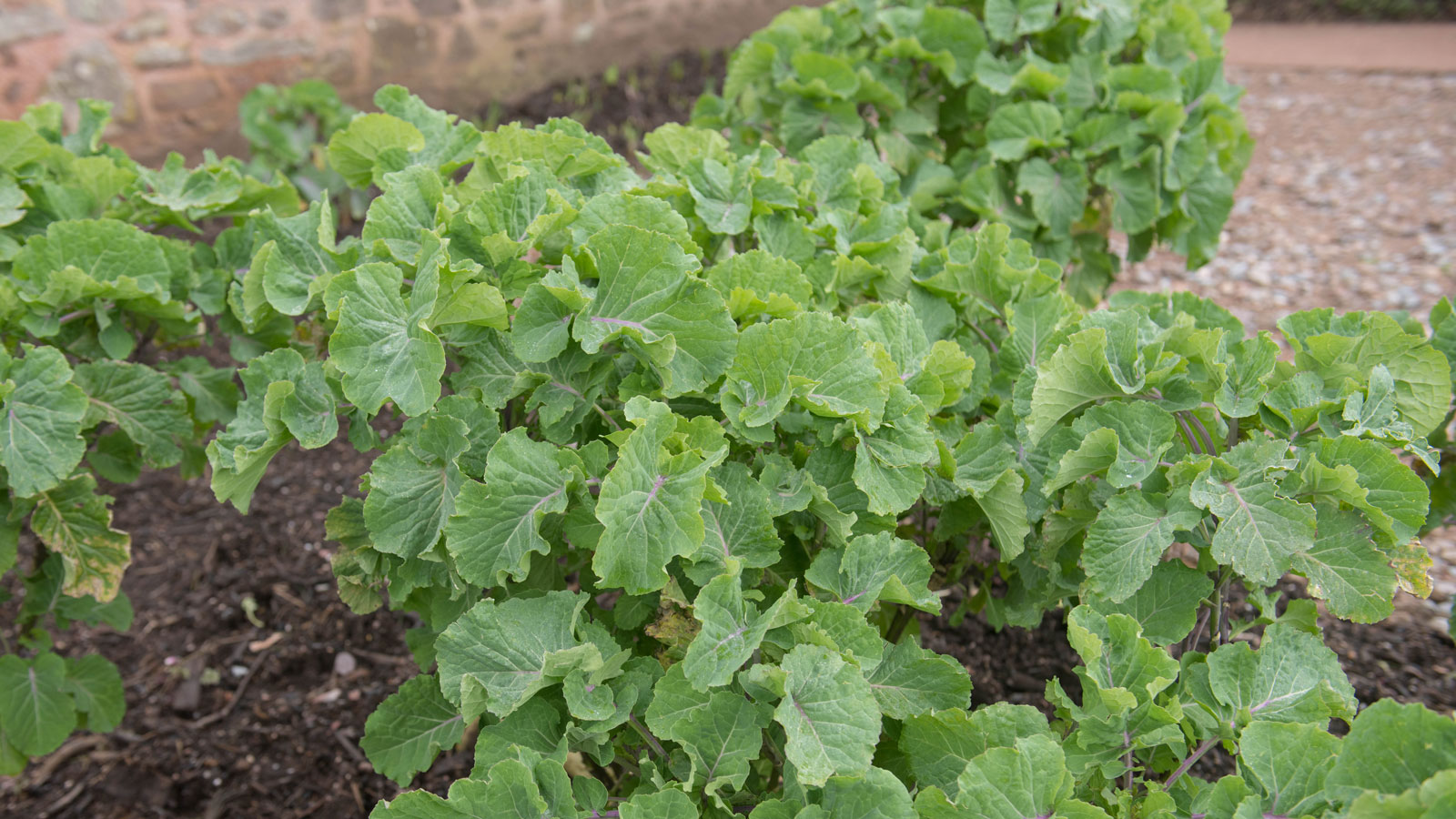

Tree Collard Facts
Botanical name: Brassica oleracea acephala
Height: Up to 12 feet (3.66m)
Spread: Up to 5 feet (1.5m)
Sun: Full to partial
Soil: Well draining, any
Hardiness zones: USDA 11-5, depending on type
When to plant: Spring
Many vegetables of the same genus can cross with one another. In the case of brassicas like cabbages and kale, the different species can naturally create hybrids – like tree collards, for instance. The collard green tree is a subspecies called acephala. It is derived from Brassica oleracea, or wild cabbage. It is a perennial or partial perennial, meaning it can live for several years. Hence its alternative name of perpetual kale.
Tree collards are also known as tree kale, kale tree or tree cabbage. Whatever the name, the kale tree has all the flavor and nutrients of kale, collards and cabbage. While it tastes closer to a kale, there are definite cabbage notes and a hint of the pepperiness of collards. In mild climates, these plants have been known to live for 20 years. In colder climes, their life span is less but they can still persist for several years with some protection. The plants can grow up to five feet (1.5m) in height and produce delicious leaves for years.
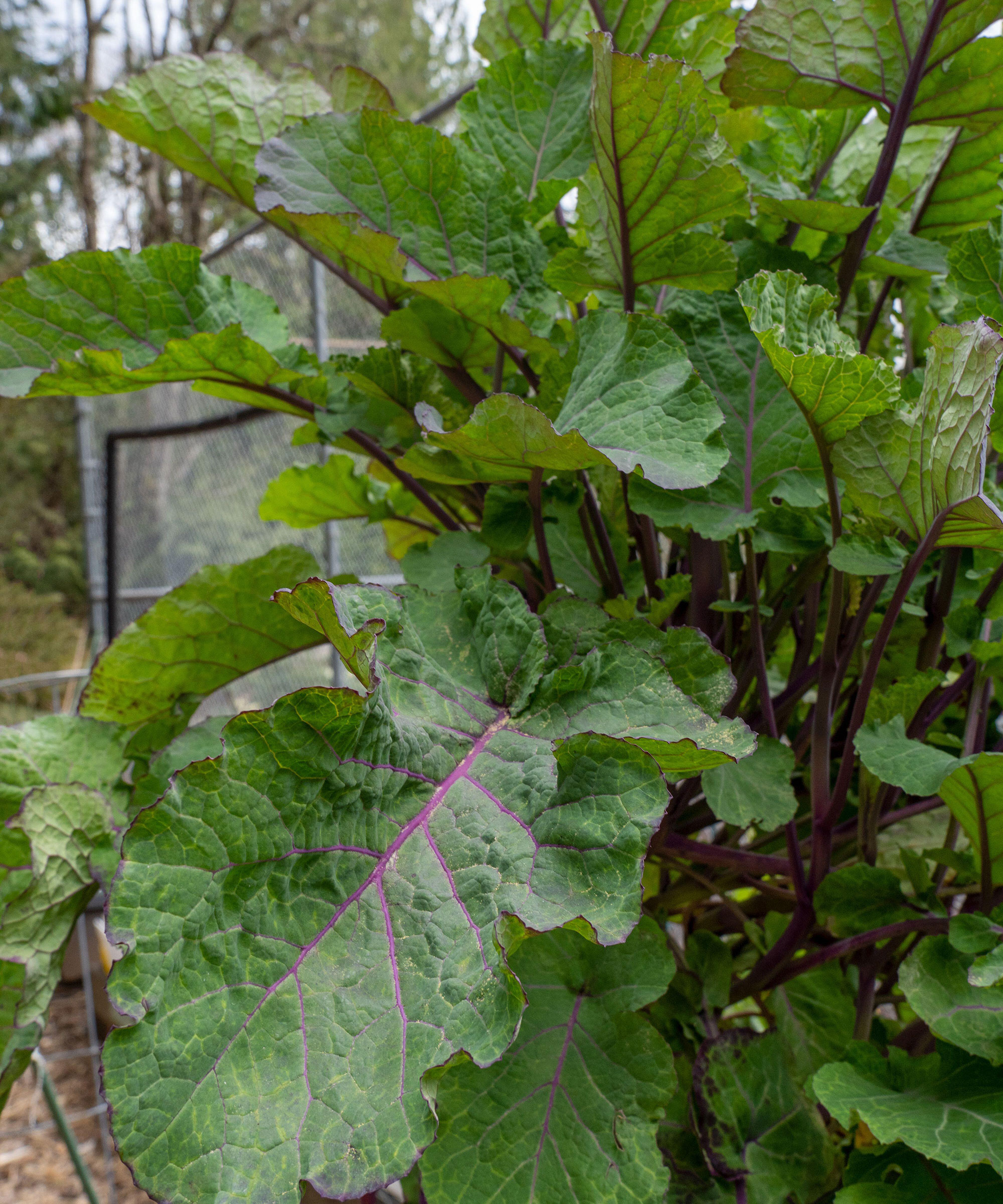
Care for Tree Collards
While perennial kale is a brassica and shares many of the cultivation needs of its leafy cousins, there are some key needs to bear in mind for the healthiest plants:
- Lighting Conditions: Tree collard plants prefer a full sun site, but in moderately shaded areas, they actually produce more tender, flavorful leaves. Afternoon shade or dappled light is ideal in southern climates.
- Watering: Provided the soil is rich and fertile, the kale tree has moderate water needs. In low moisture situations, the plant has an adaptation which prevents moisture loss through the leaves. It develops a powdery coating on the leaves which reflects light.
- Temperature & Humidity: Tree collards thrive in high humidity areas, but they are also adaptable to more arid zones. Their temperature tolerance is vast. Some varieties can tolerate temperatures as low as 14 degrees Fahrenheit (-10°C). Most of the varieties should not experience temperatures below 30F (-1°C) or they could die. Some varieties can tolerate temperatures into triple digits (38°F) during summer.
- Soil & Compost: Almost any soil is capable of hosting a tree kale. The best growth will occur in well-draining, nutrient-rich soil, but they are capable of thriving even in heavy clay. While the plant does well in acidic soils, the application of lime several months prior to planting will result in better tasting leaves.
- Fertilizer: Where the soil is fertile, the plant needs little supplemental food. In poor soils, apply green manure or well-rotted animal manure as a side dress annually. A calcium supplement is recommended annually in the form of ground oyster shells or chicken shells applied around the root zone.
Problems, Pests & Diseases
Root rot can occur in heavy soils and where percolation is poor. Like all brassicas, the cabbage looper is a common pest. These larvae of the cabbage butterfly can wreak havoc on the leaves with their feeding. Hand remove the larva or apply Bacillus thuringiensis. Some animals such as mice and rabbits will feed on lower leaves.
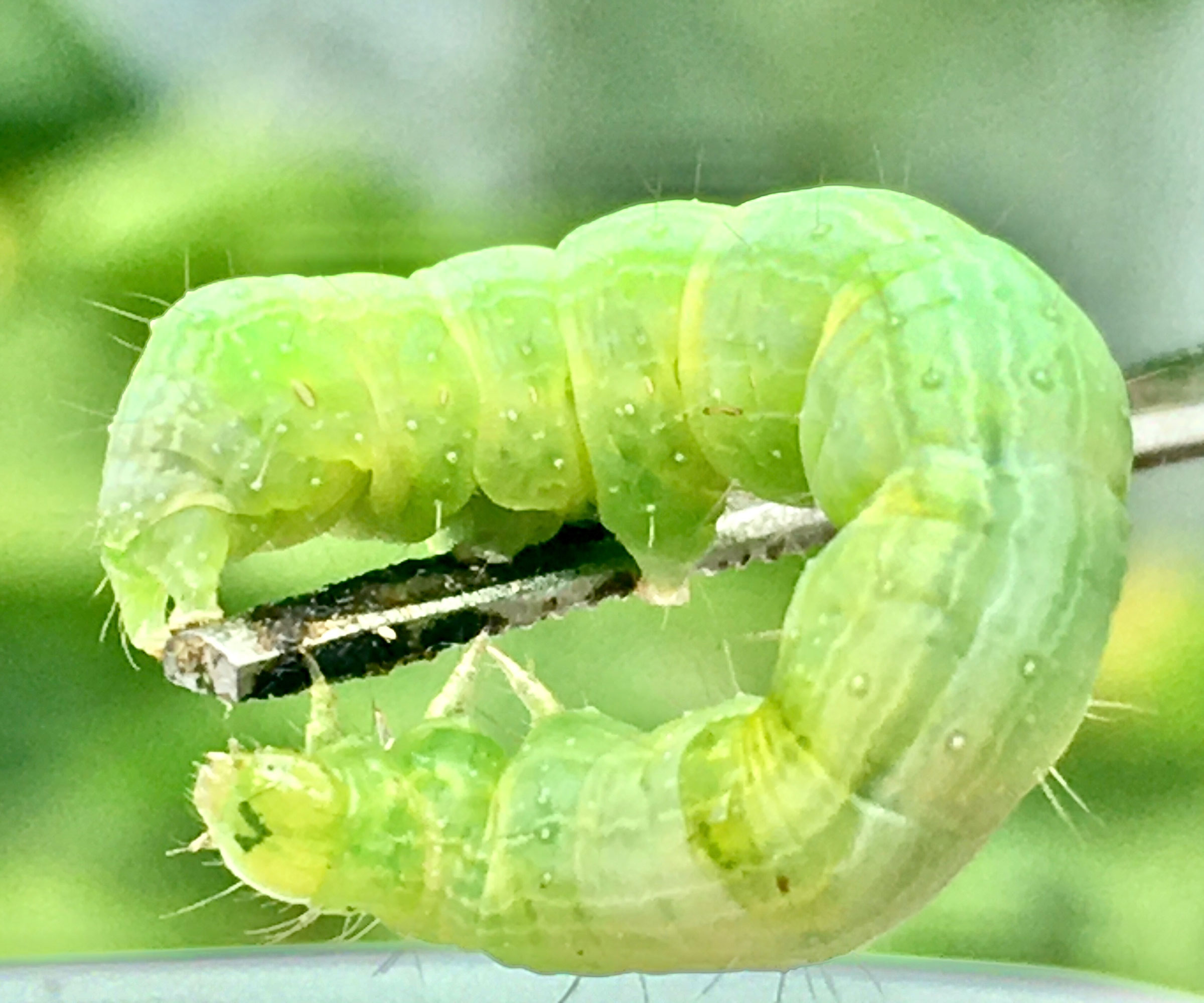
Pruning and Repotting
Left unpruned, tree collards develop into tall, spindly, leggy plants with few leaves. Prune back to the first leaf axil to promote stronger branches and more leaf production. This should be done every few months.
Container-grown plants should be repotted every year or two. Replace the soil with the same variety or a good potting soil. Fluff up the roots at transplanting time, and cut out any that are discolored. Stake the plant for best results.
Propagating Tree Collards
Tree kale is propagated by stem cuttings. Take cuttings from either the main stem or secondary shoots. Remove a 1-inch (2.54 cm) wide 12-inch (30 cm) long piece of the tip of a stem. Remove all the leaves except 2 or 3 at the tip. Plant vertically with ⅓ of the top of the cutting outside the soil. Keep the cutting moist but not soggy. Rooting occurs in about six weeks.
Gardening tips, videos, info and more delivered right to your inbox!
Sign up for the Gardening Know How newsletter today and receive a free copy of our e-book "How to Grow Delicious Tomatoes".
Harvesting Tree Kale
The young leaves are the sweetest, but all the foliage can be eaten. Never take more than a third of the foliage. Use young leaves in salads, while older, larger leaves are best cooked. Harvested leaves will keep for several days in a plastic bag in the vegetable crisper.
As well as salad, the leaves are excellent added to soups and stews, or sauteed as a green vegetable. Use them anywhere you would use cabbage. The thick leaves may be steamed and used to wrap other foods such as meats.
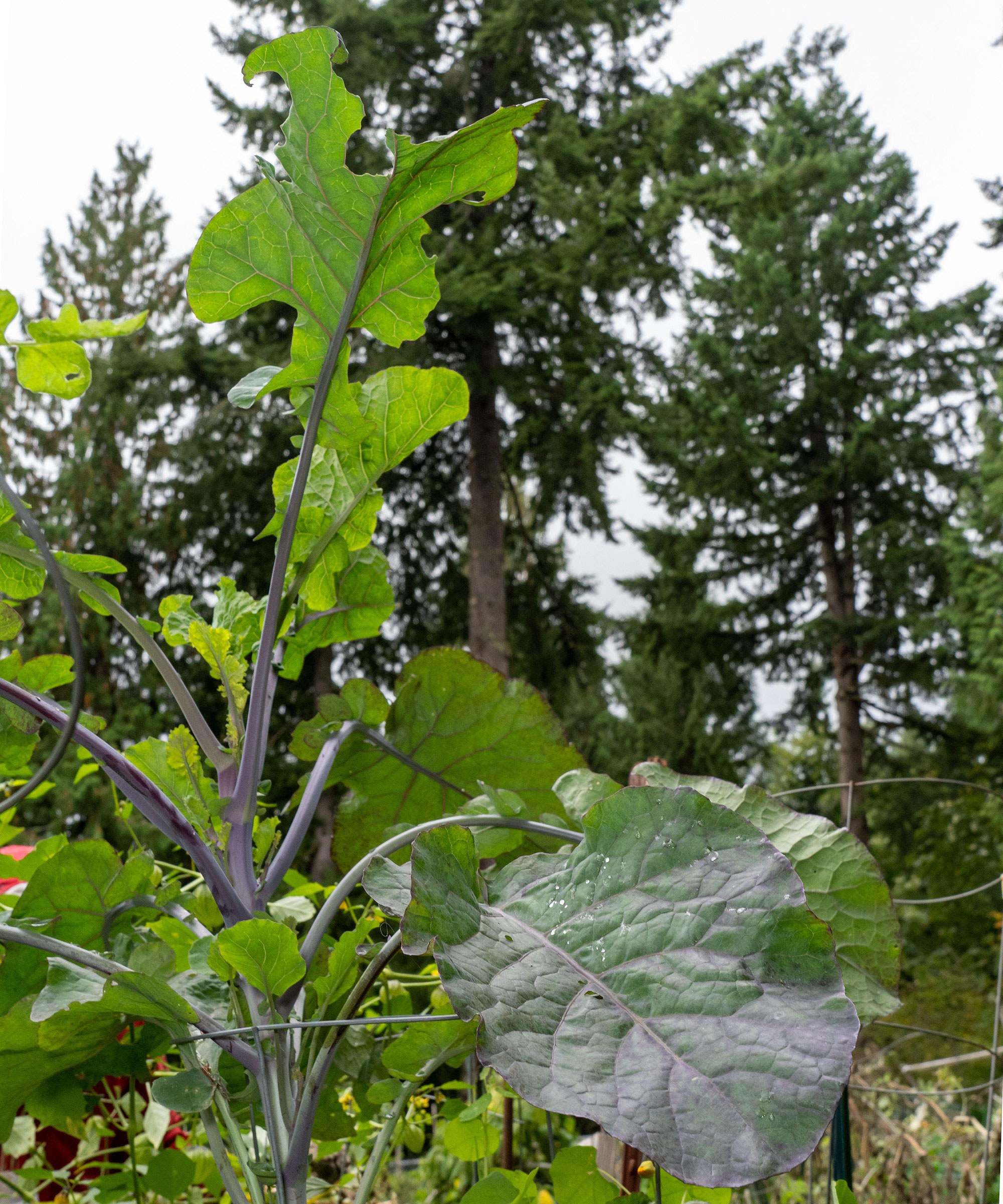
Tree Kale Varieties
- Purple Tree Collard: A pretty plant that turns even darker purple in winter. The leaves taste best in the cool season. In certain regions, these plants can get as tall as 12 feet (3.66m).
- Taunton Deane Kale: Similar to purple tree collard. The leaves are silvery green with purple ribs and can grow eight inches (20cm) long. The plant has been grown since the 1850s and originated in England.
- Merritt Tree Collard: A chance cross that boasts two foot (.61m) long leaves. These are dense plants that may achieve seven feet (2m) at maturity.
- Dino Tree Kale: The result of the purple tree collard and dinosaur kale crossing naturally. This plant flowers more than most tree collards, but the young flowers may be eaten like broccoli.
- Jolly Green Tree Collard: This can grow 10 feet (3m) tall. The leaves are quite flat and the flavor is mild.
- Big Blue Tree Collard: Introduced in 2020, the crinkly leaves are blue-green with slightly purple stems. This is a smaller tree collard, only achieving three feet (.91m).
- Daubenton Kale Panache: A variegated cultivar that produces a small, compact bush. This is a difficult plant to source.
- Michigan Tree Collard: Hardy to USDA zones 5-6, making it one of the more cold tolerant of the tree kales. The leaves are silver with young leaves and stems purple. If it appears to be winter killed, wait and it will likely sprout anew from the ground.
Frequently Asked Questions
Are Tree Collards the Same as Collard Greens?
Tree collards are the result of various crosses from brassica species. Collards are in the brassica family and have been the parents of several cultivars in combination with another brassica.
What do Tree Collards Taste Like?
The taste is earthy, somewhat bitter and a bit cabbagey. Several distinctive varieties, like purple tree collards, taste better during the cooler months of the year.

Bonnie Grant is a professional landscaper with a Certification in Urban Gardening. She has been gardening and writing for 15 years. A former professional chef, she has a passion for edible landscaping.
-
 Looking For Plants To Give You The Soft And Fuzzies? Try These 5 Fuzzy Leaf Plant Options
Looking For Plants To Give You The Soft And Fuzzies? Try These 5 Fuzzy Leaf Plant OptionsLovers of texture, drama, silver foliage and tactile plants will adore these special sensory garden additions. These fuzzy leaf plant options will leave you all aglow
By Susan Albert
-
 Get Ready For A Summer Of Hummers! Grow These Full Sun Hummingbird Plants and Flowers
Get Ready For A Summer Of Hummers! Grow These Full Sun Hummingbird Plants and FlowersIf you’re lucky enough to enjoy a sunny backyard, make sure you are maxing out on your pollinator opportunities and grow these full sun hummingbird plants and flowers
By Tonya Barnett
-
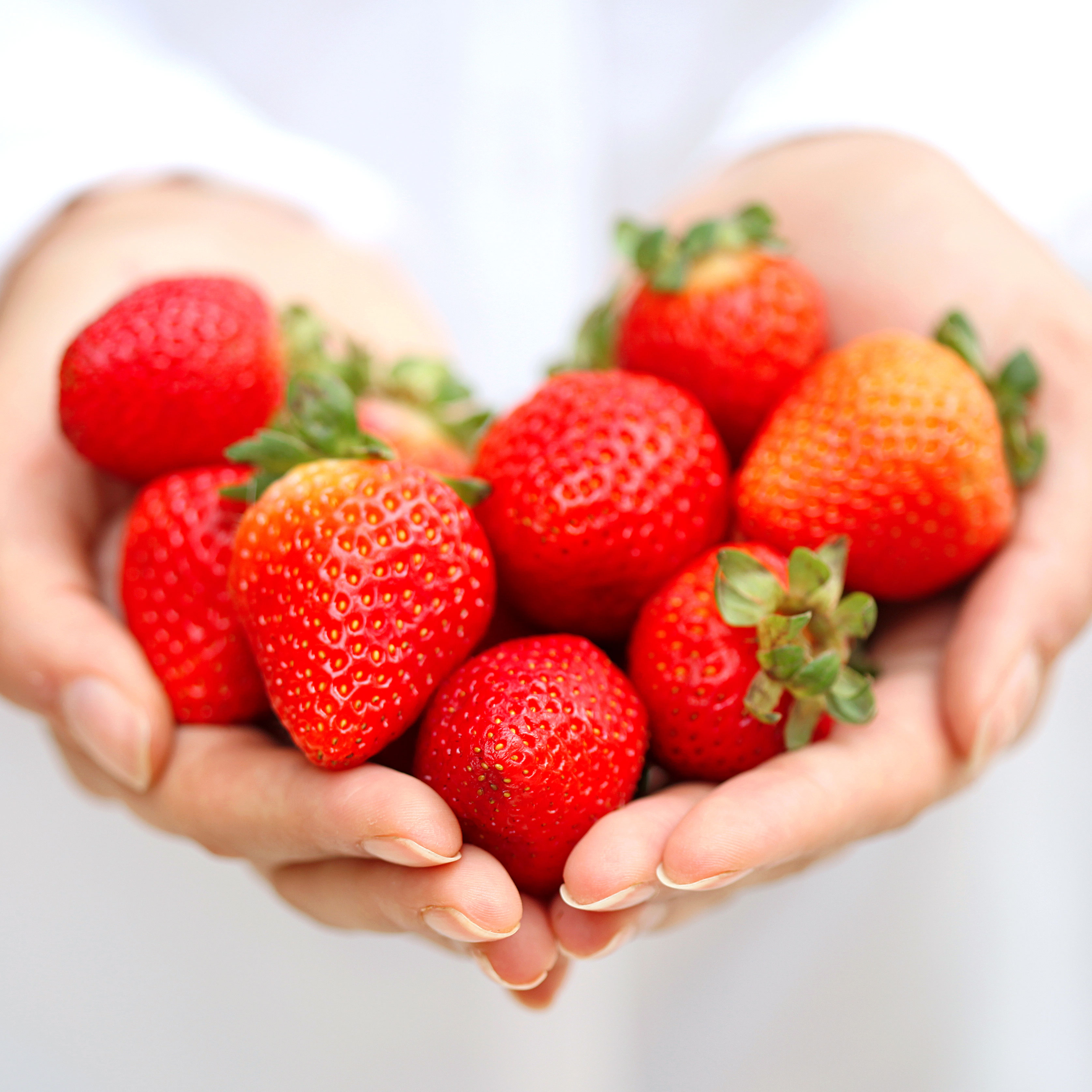 How To Grow Strawberries From A Strawberry: All You Need To Cultivate Yummy Fruits
How To Grow Strawberries From A Strawberry: All You Need To Cultivate Yummy FruitsYou may know how to grow strawberries from small plants or runners – but what about growing from the fruit? Here we show you how to grow strawberries from a strawberry
By Mary Ellen Ellis
-
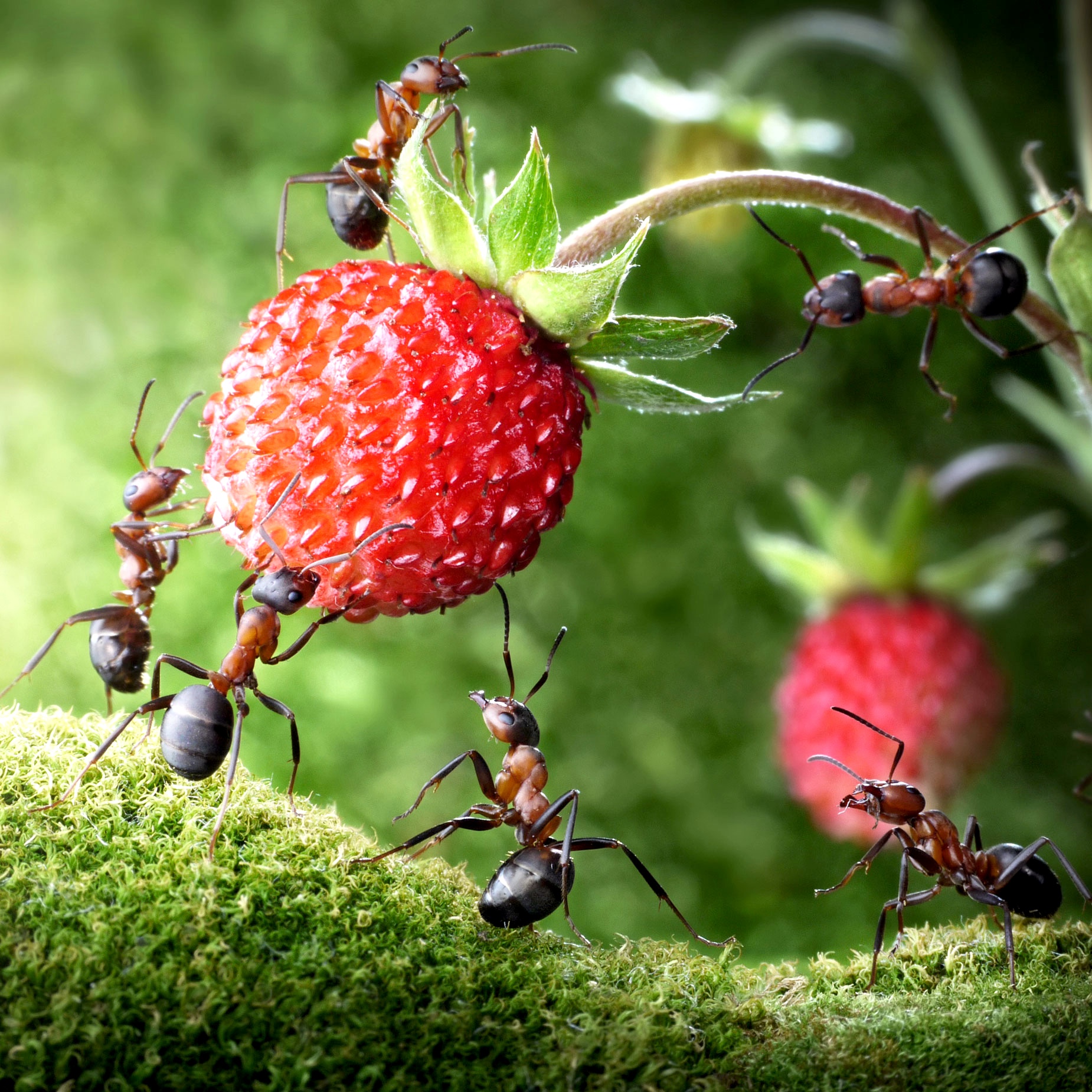 Bugged About Strawberry Pests? 6 Common Pests, Plus How To Protect Your Precious Strawbs
Bugged About Strawberry Pests? 6 Common Pests, Plus How To Protect Your Precious StrawbsStrawberry plants looking a little under the weather and not sure why? Check to make sure they haven’t come a-cropper to one of these classic strawberry pests
By Tonya Barnett
-
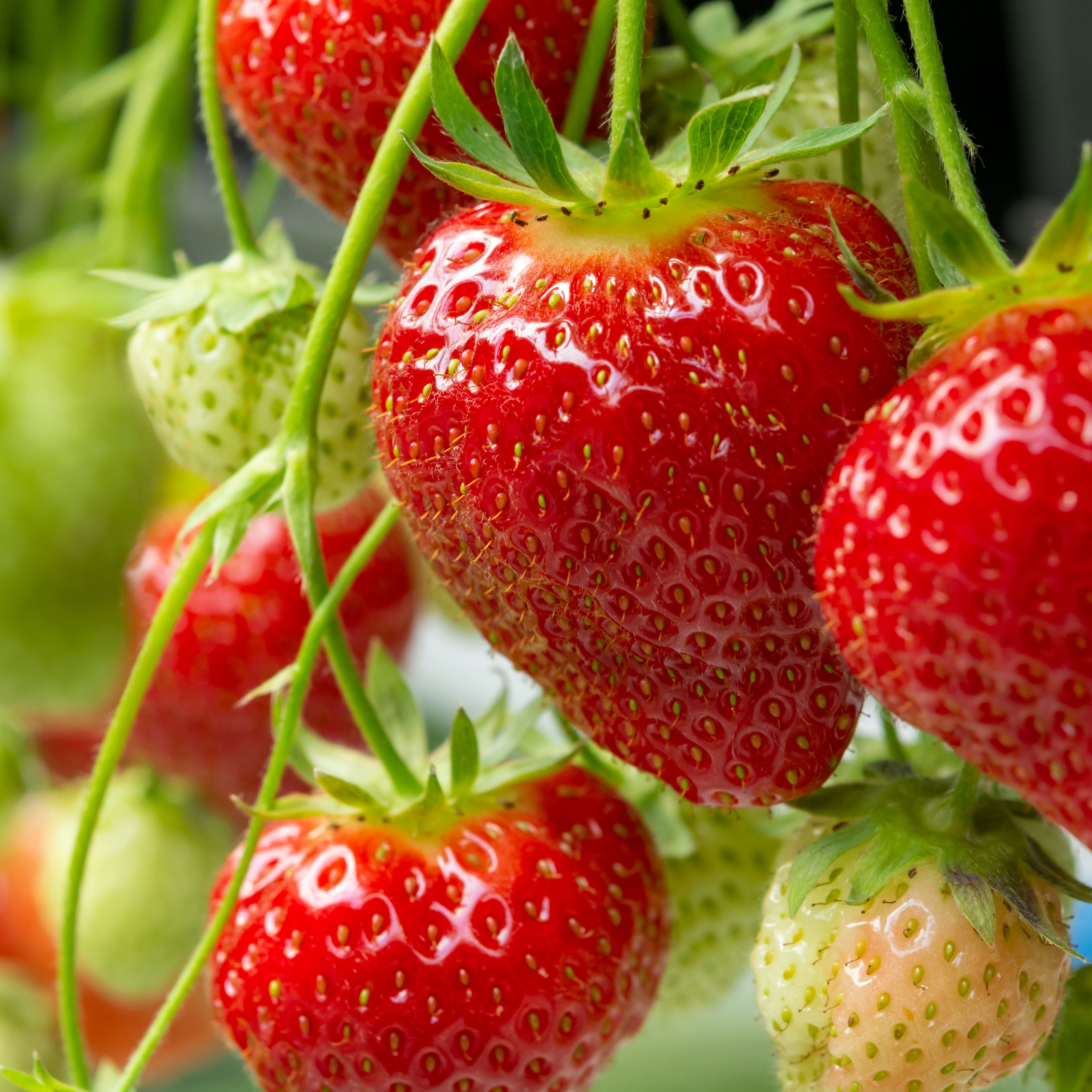 How To Grow Hydroponic Strawberries For Fast, Fresh Berry Fruits In A Clean And Fuss-Free Way
How To Grow Hydroponic Strawberries For Fast, Fresh Berry Fruits In A Clean And Fuss-Free WayCultivating strawberries outside of traditional pots and ground-based plots may sound like the stuff of science fiction but here’s why growing hydroponic strawberries can work for you
By Susan Albert
-
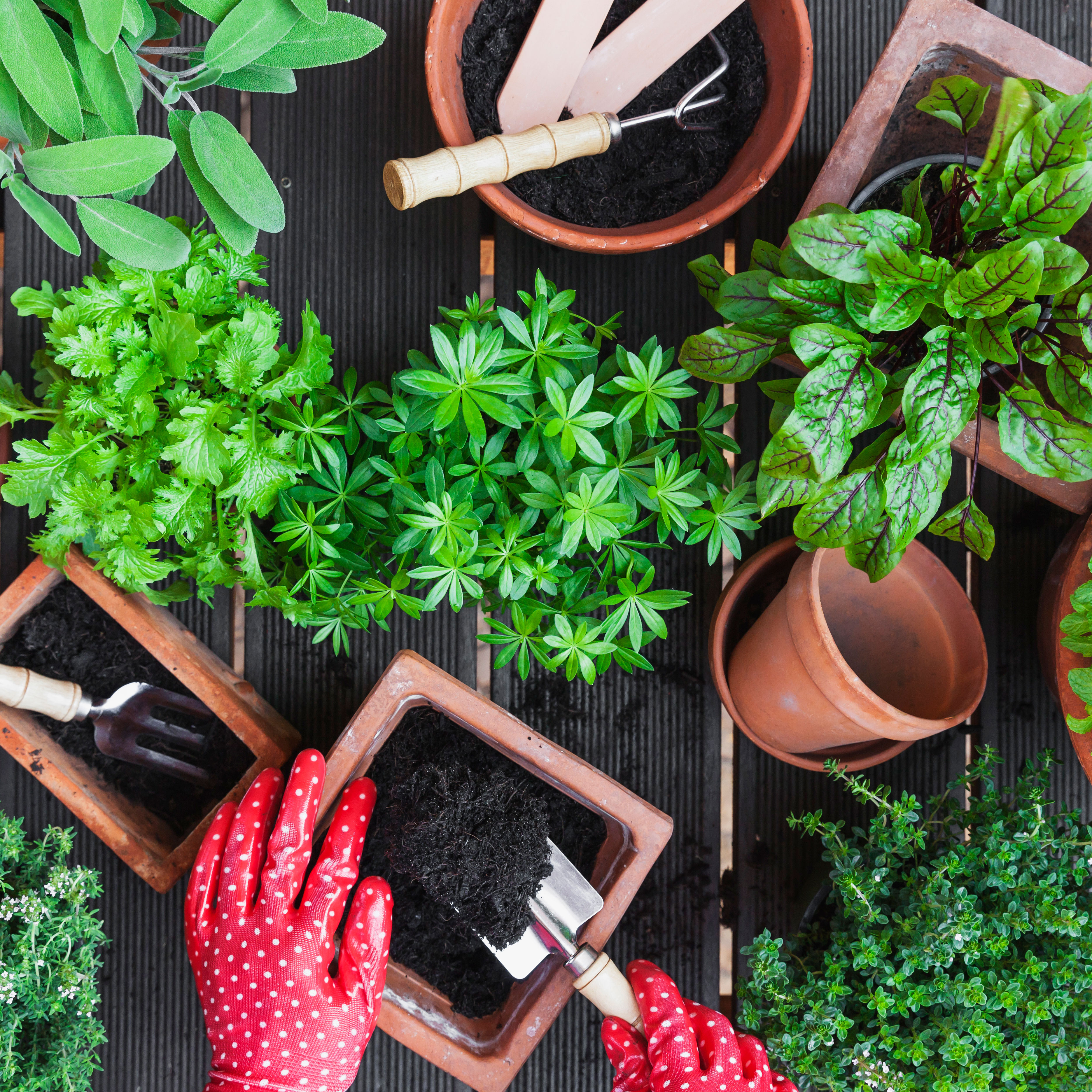 What Are The Easiest Herbs To Grow From Seed? 8 Beginner-Friendly Edibles Anyone Can Grow
What Are The Easiest Herbs To Grow From Seed? 8 Beginner-Friendly Edibles Anyone Can GrowA dedicated mixed herb bed or container arrangement is a mainstay of the edible garden, but which are the easiest herbs to grow from seed? We reveal the best for beginners
By Bonnie L. Grant
-
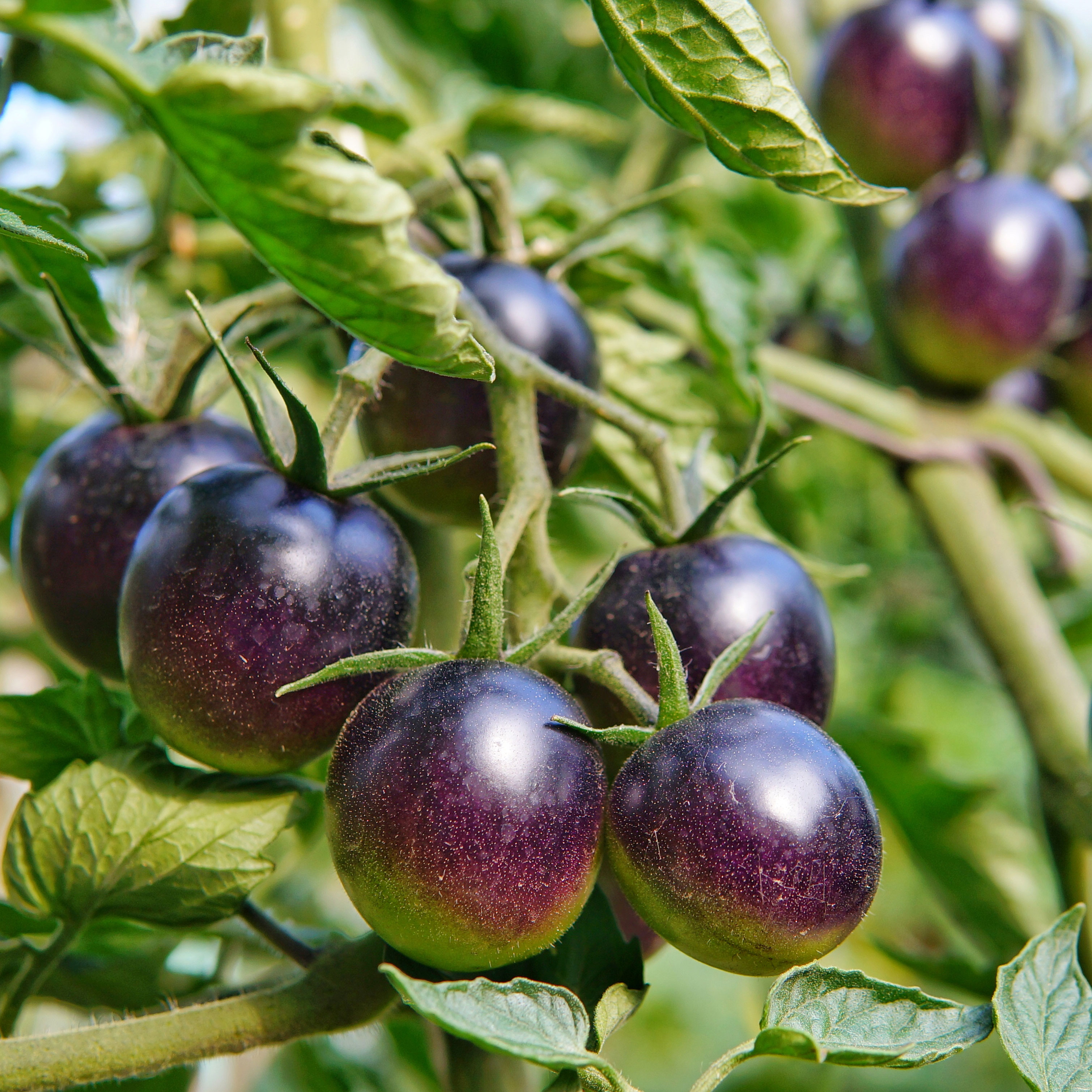 Tasty Purple Tomatoes To Grow: Try These 8 Cherry, Beefsteak and Heirloom Tom Varieties
Tasty Purple Tomatoes To Grow: Try These 8 Cherry, Beefsteak and Heirloom Tom VarietiesPurple tomatoes may have an unexpected appearance, but they are just as lipsmackingly yummy as their red counterparts. Here are the tastiest deep purples to try…
By Amy Grant
-
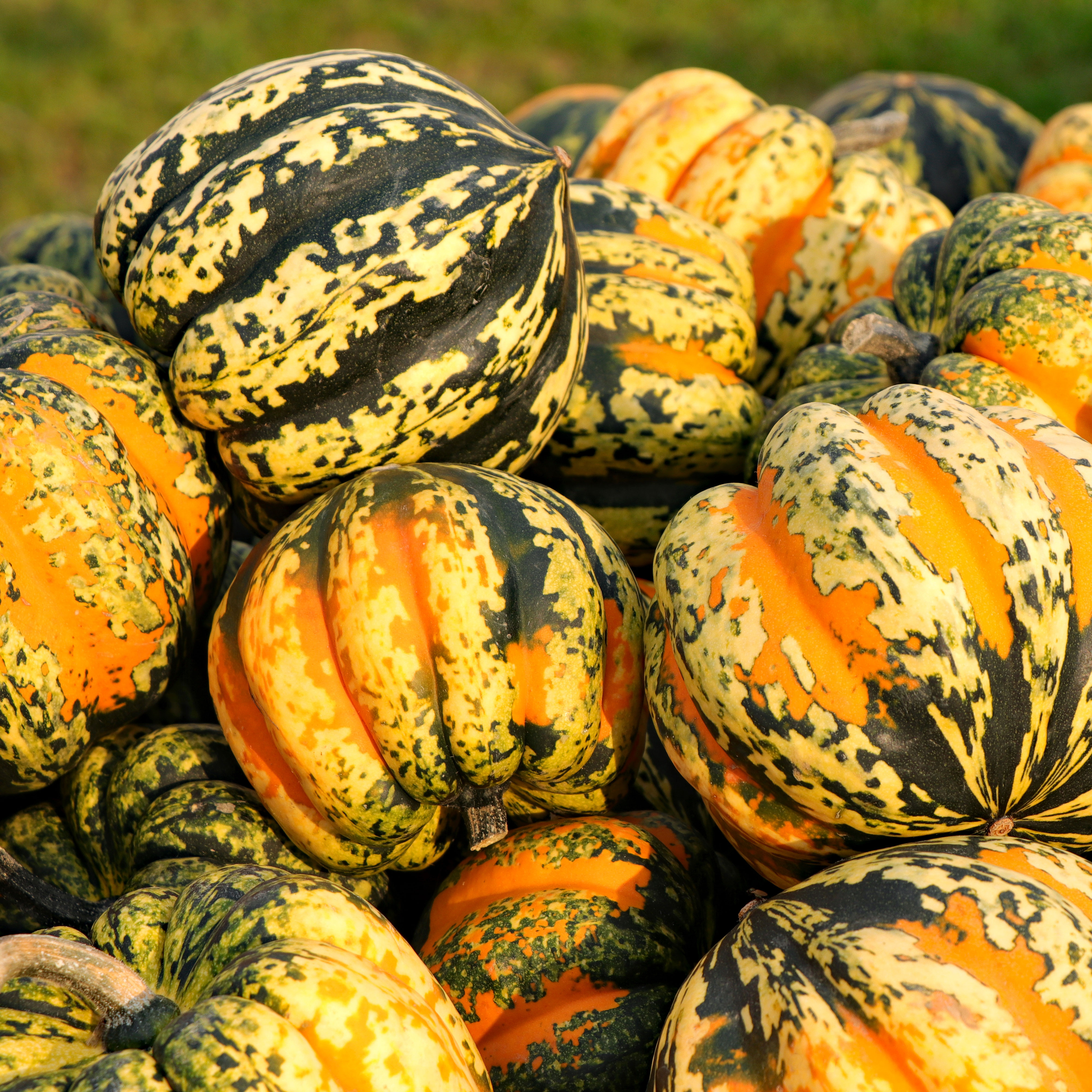 Move Over, Acorn Squash! Grow Carnival Squash Adored By Gardeners & Chefs
Move Over, Acorn Squash! Grow Carnival Squash Adored By Gardeners & ChefsIf you’re looking for a joyful winter squash with a buttery, maple-syrup taste, the carnival squash is an excellent and easy option for colorful cucurbit cultivation
By Bonnie L. Grant
-
 How To Harvest Chia Seeds: Tips For Harvesting This Heart-Healthy Superfood At Home
How To Harvest Chia Seeds: Tips For Harvesting This Heart-Healthy Superfood At HomeThey are an excellent part of a healthy diet and fun to harvest for your breakfast cereals, breads, salads and smoothies. Here’s how to harvest chia seeds
By Bonnie L. Grant
-
 Can You Grow Apples From Pips? How To Plant Apple Seeds That Can Flourish
Can You Grow Apples From Pips? How To Plant Apple Seeds That Can FlourishKnowing how to plant apple seeds can be a fun project that has the potential to lead to exciting future fruits. Find out a free way to grow your own homegrown apple trees
By Mary Ellen Ellis